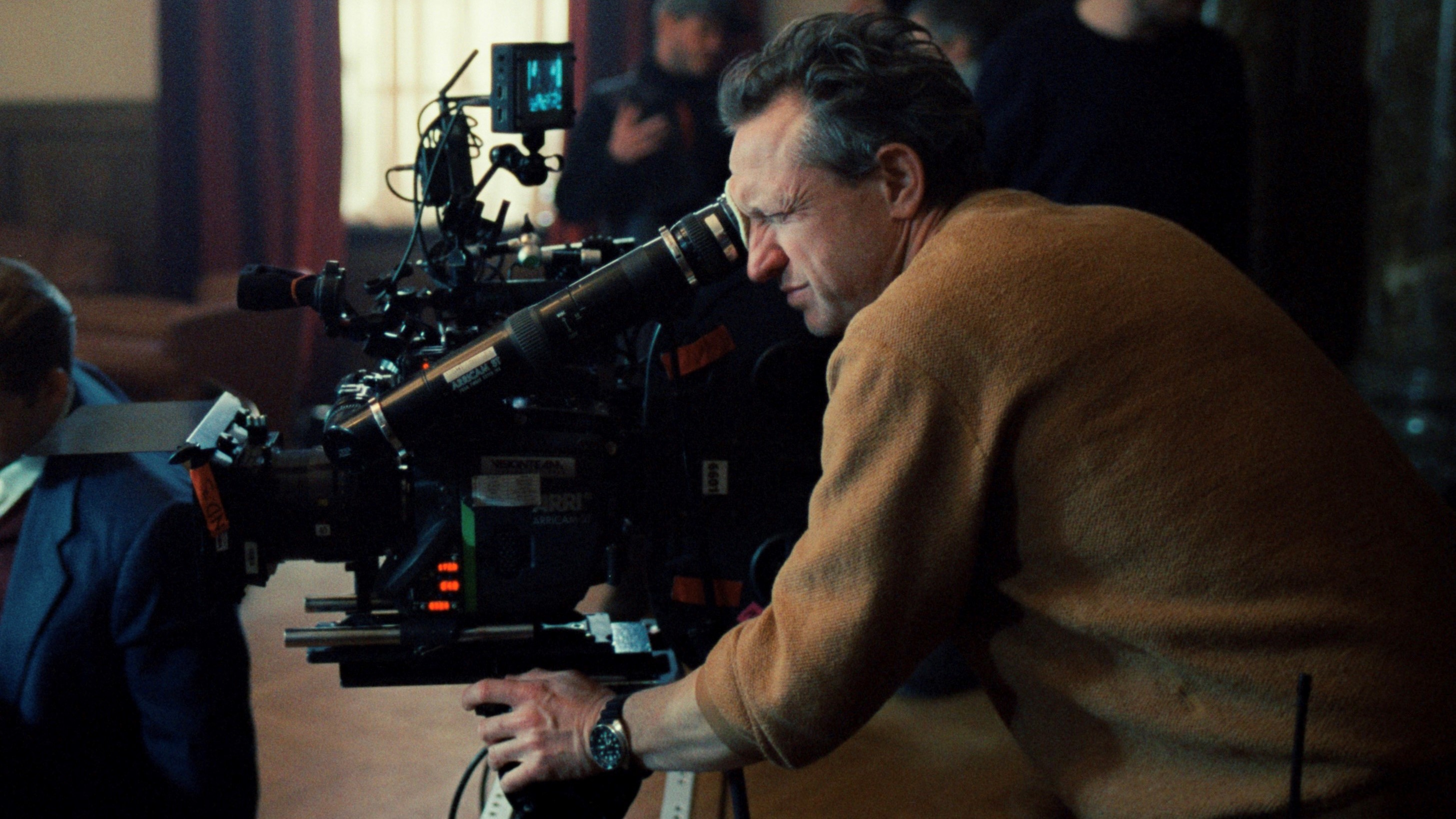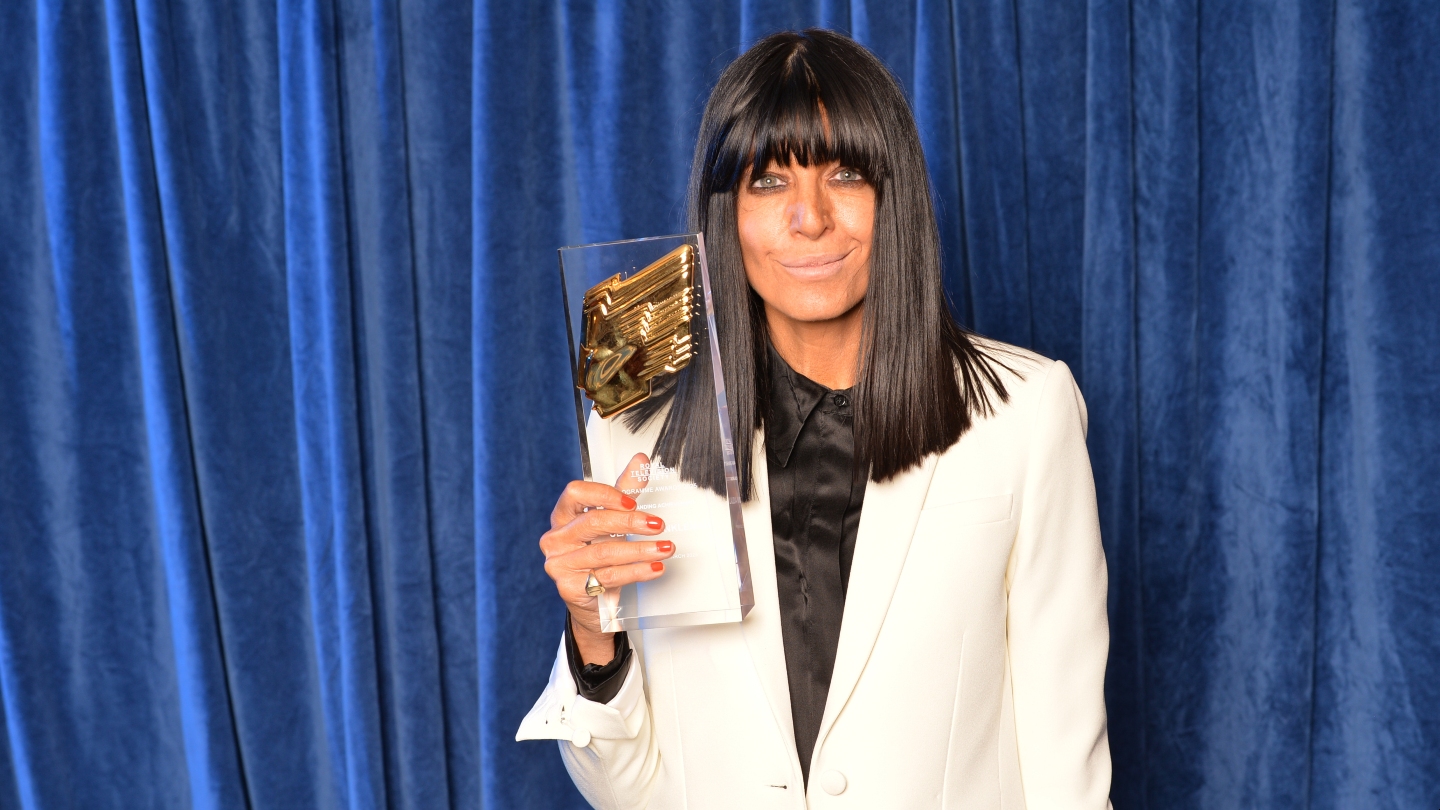Cinematographer Oren Soffer discussed bringing guerilla-style filmmaking to sci-fi blockbuster The Creator with Adrian Pennington.
A little ingenuity and can-do goes a long way. By some accounts British writer-director Gareth Edwards has stunned Hollywood in making The Creator for $80m while putting on screen the production value of a VFX spectacular four times that budget.
The world building of the sci-fi, set in 2065, may be derivative of films like Blade Runner, Star Wars or District 9 but it’s on a scale fit for IMAX and rendered with a brutal realism and cunning efficiency that puts mega-budget blockbusters like Avatar or Marvel movies to shame.
They did so by shooting guerilla-style with a relatively small crew in multiple locations, a prosumer camera costing £3,000, limited lighting gear and an unorthodox attitude to VFX grounded in the decade Edwards spent as a DIY filmmaker doing everything from VFX to editing in his front room.
“Our approach was less about saving money, although it was partly about keeping a small footprint, but an aesthetic choice to give Gareth the spontaneity he needed to tell this story,” said Oren Soffer, the film’s Israeli-American cinematographer in remarkably his first major feature as DP.
The project...
You are not signed in.
Only registered users can view this article.

Behind the scenes: Squid Game 2
The glossy, candy-coloured design of Squid Game is a huge part of its appeal luring players and audiences alike into a greater heart of darkness.

Behind the scenes: Adolescence
Shooting each episode in a single take is no gimmick but additive to the intensity of Netflix’s latest hard-hitting drama. IBC365 speaks with creator Stephen Graham and director Philip Barantini.

Behind the scenes: Editing Sugar Babies and By Design in Premiere
The editors of theatrical drama By Design and documentary Sugar Babies share details of their work and editing preferences with IBC365.

Behind the scenes: A Complete Unknown
All the talk will be about the remarkable lead performance but creating an environment for Timothee Chalamet to shine is as much down to the subtle camera, nuanced lighting and family on-set atmosphere that DP Phedon Papamichael achieves with regular directing partner James Mangold.

Behind the scenes: The Brutalist
Cinematographer Lol Crawley finds the monumental visual language to capture an artform that is essentially static.





